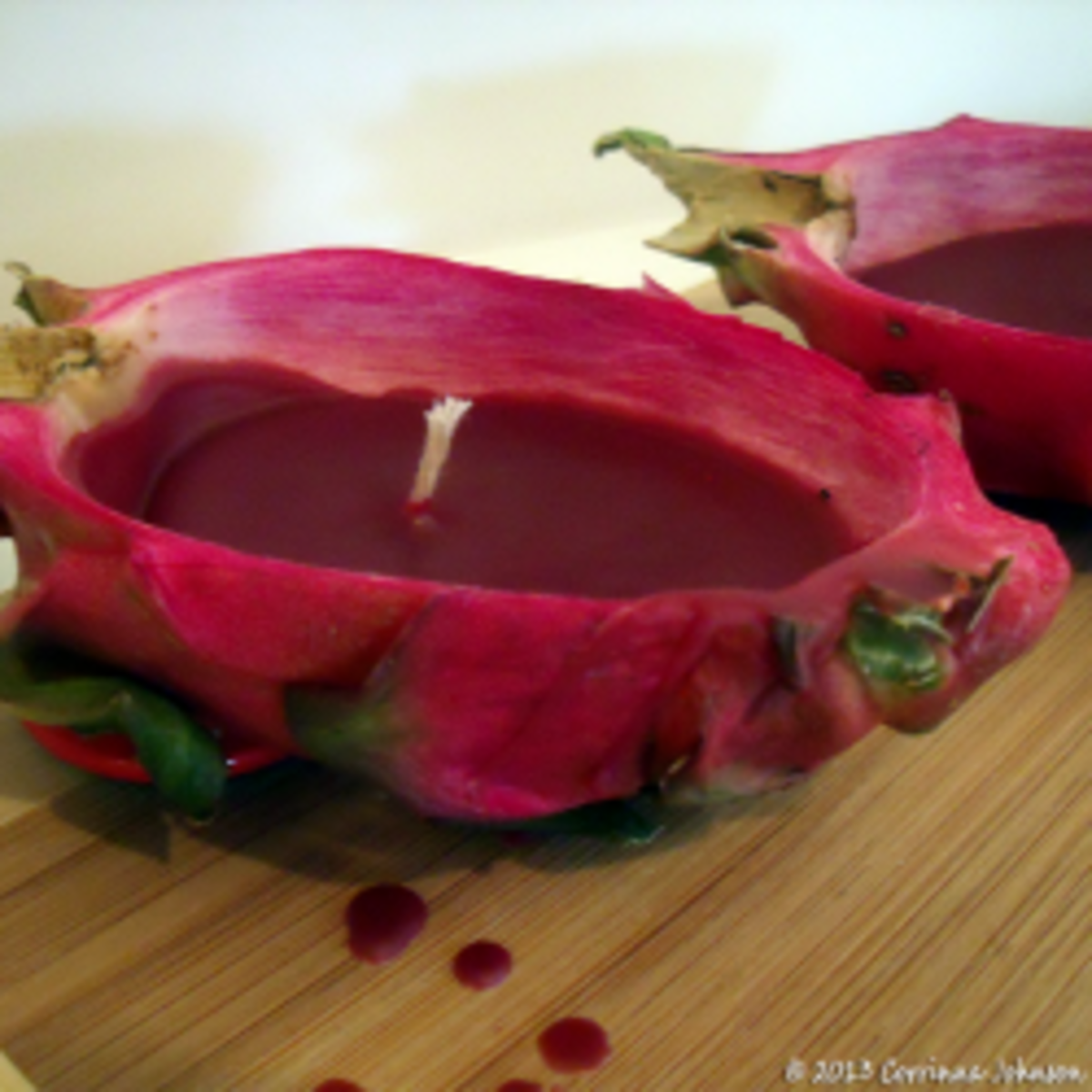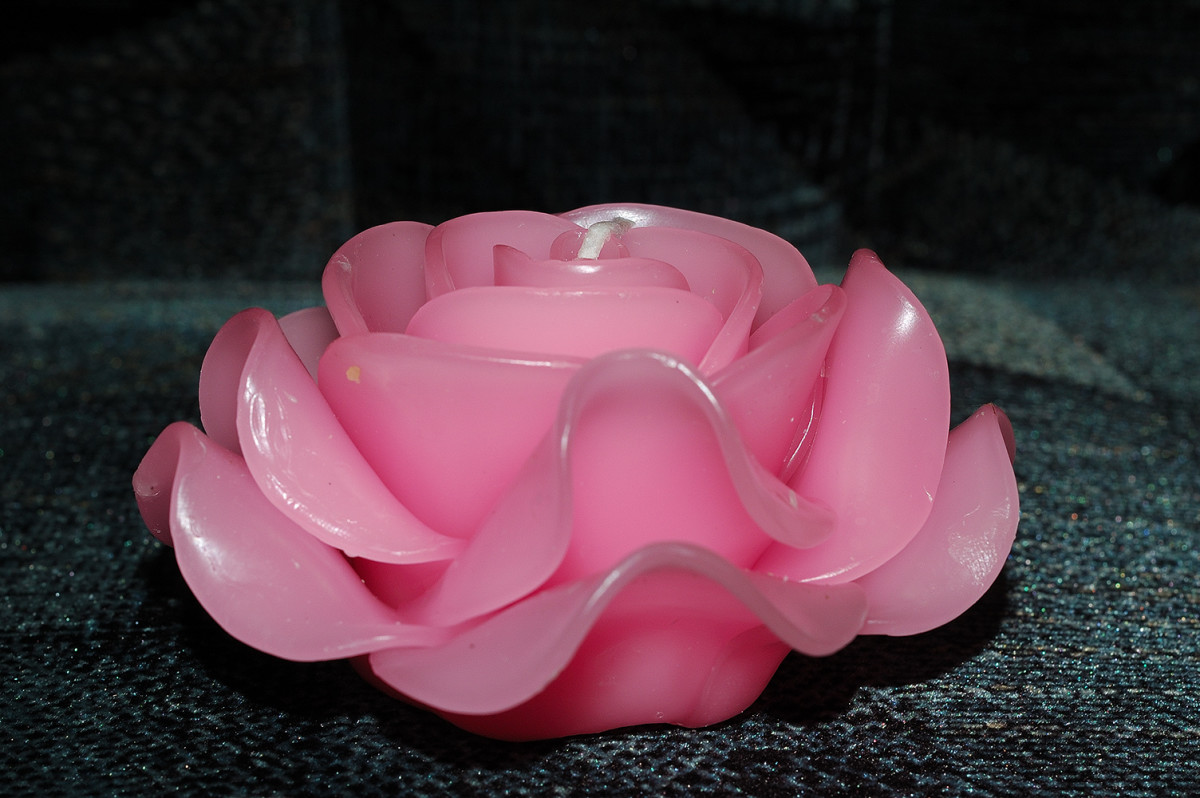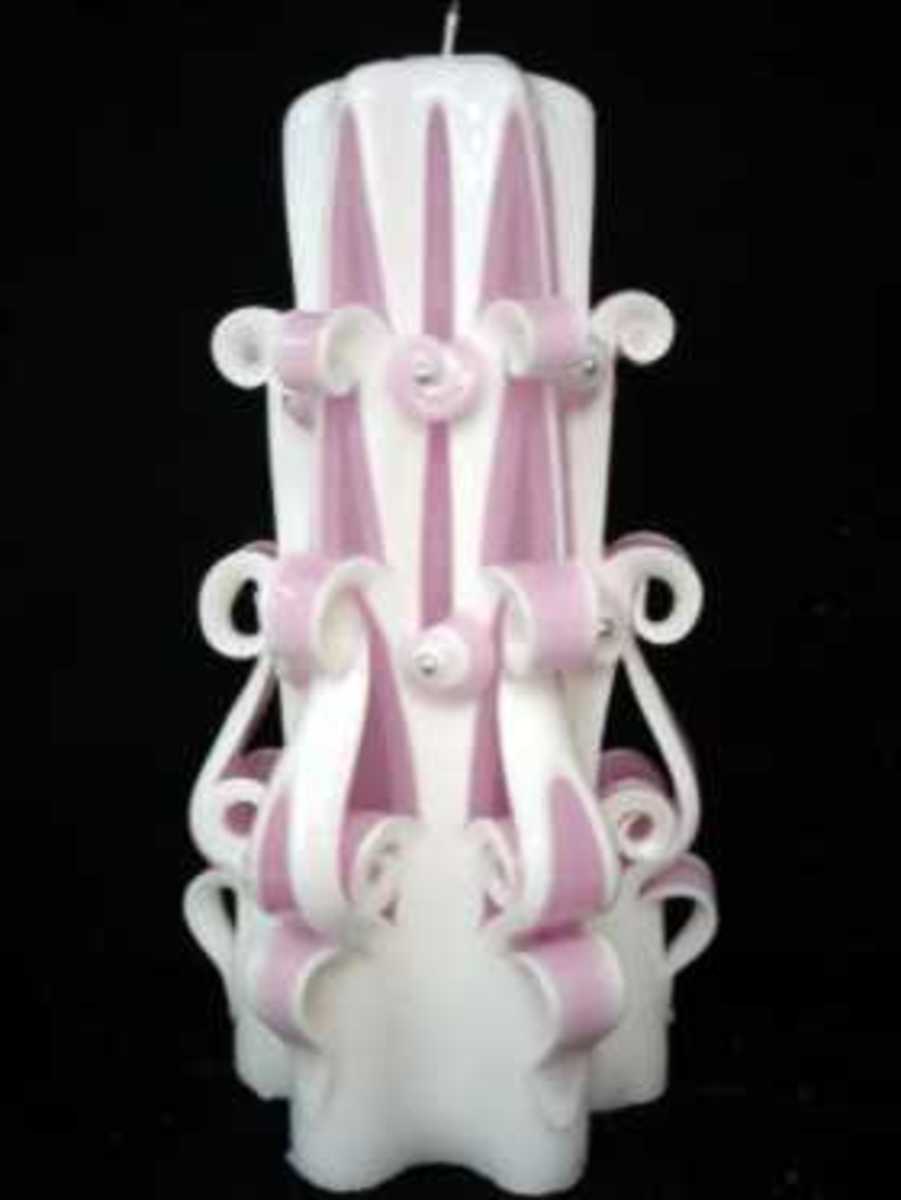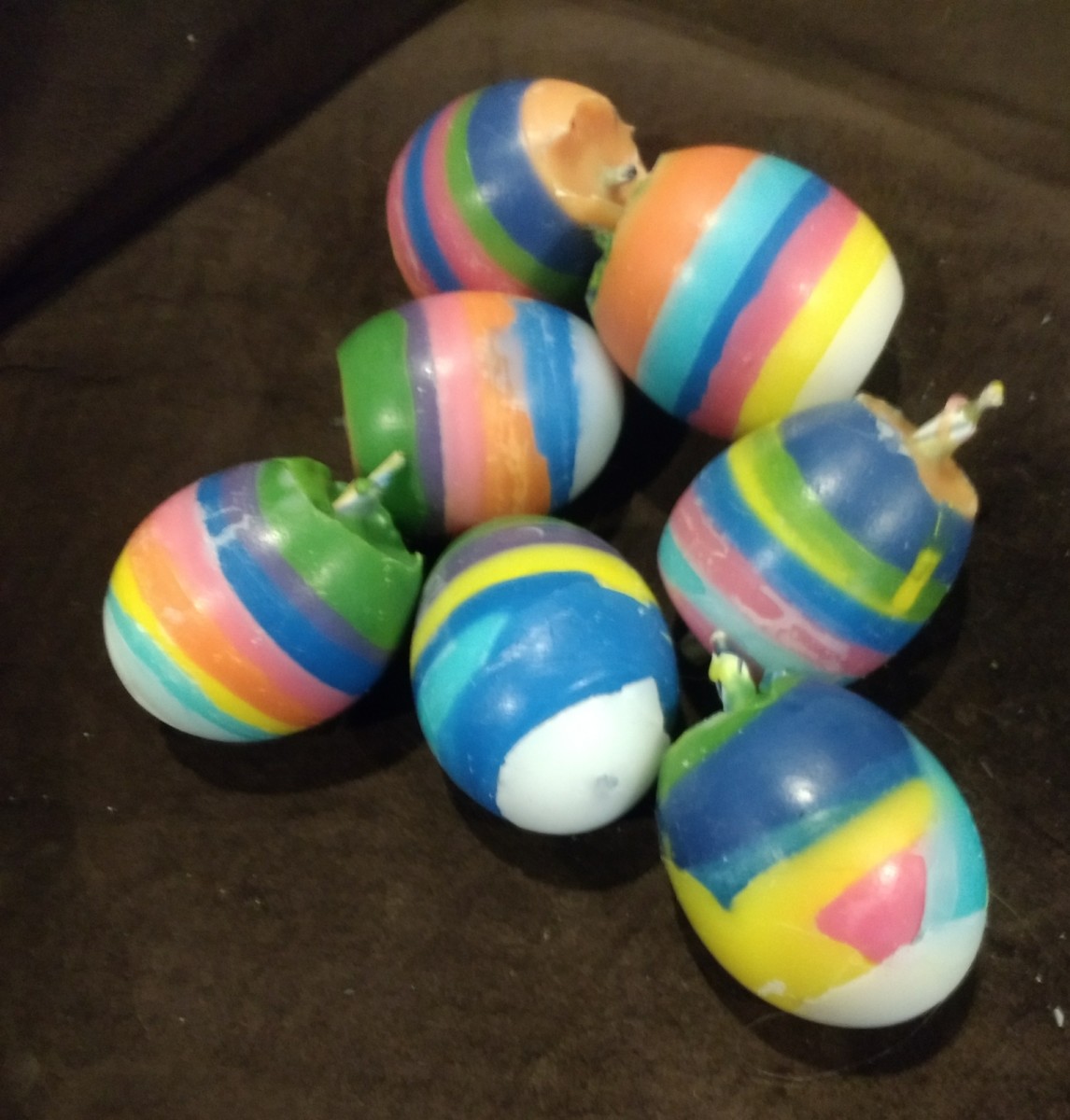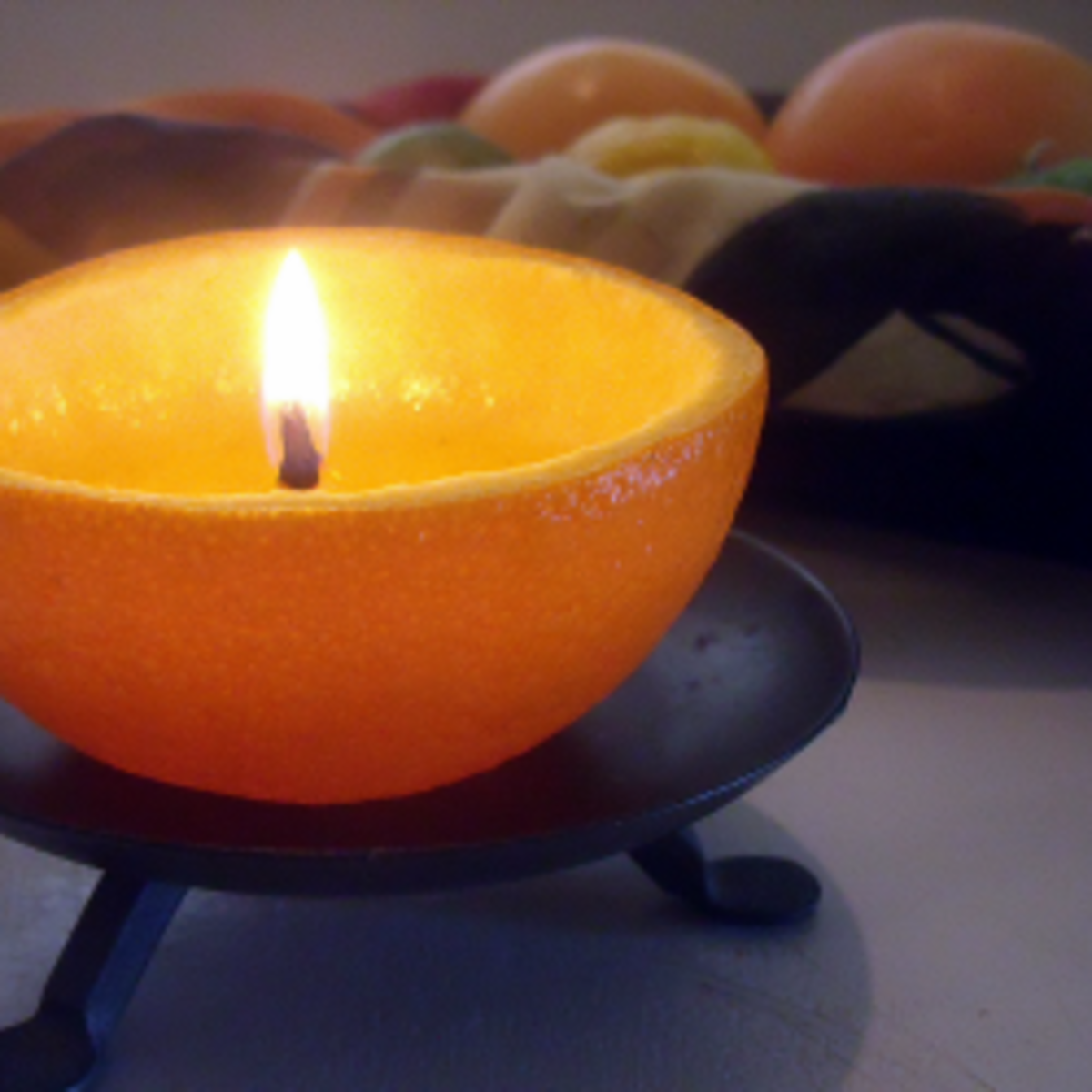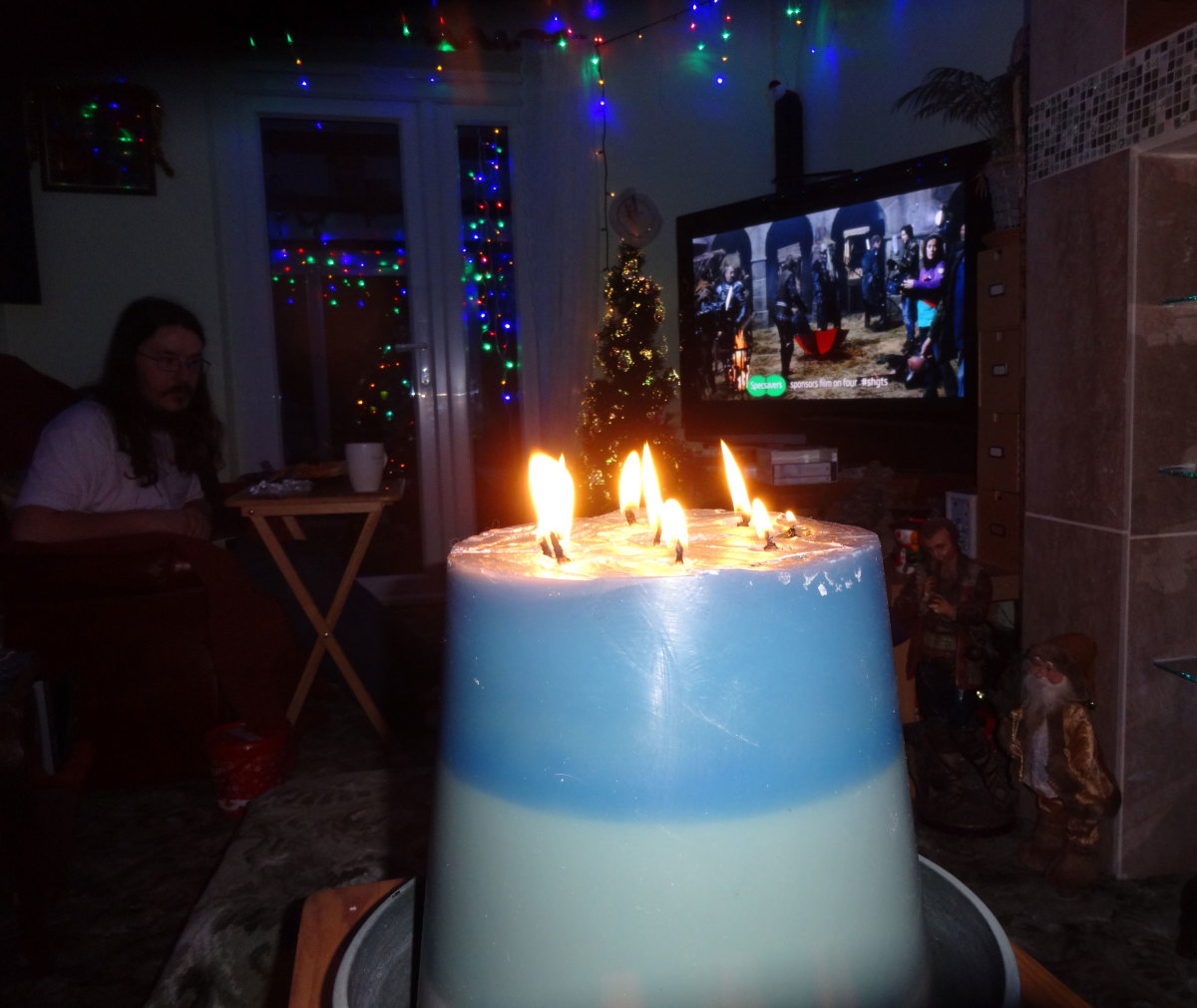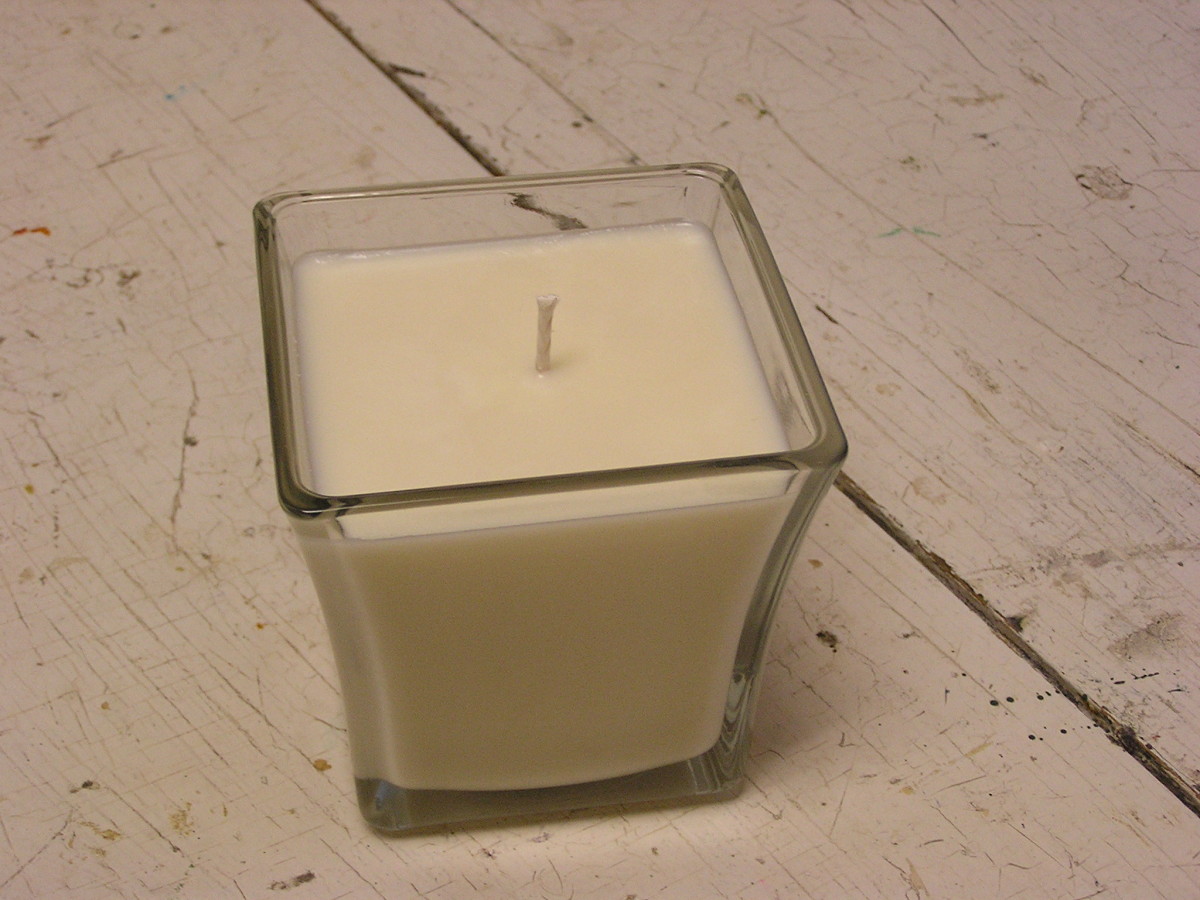How to do Your Very own Paper Cup Candles
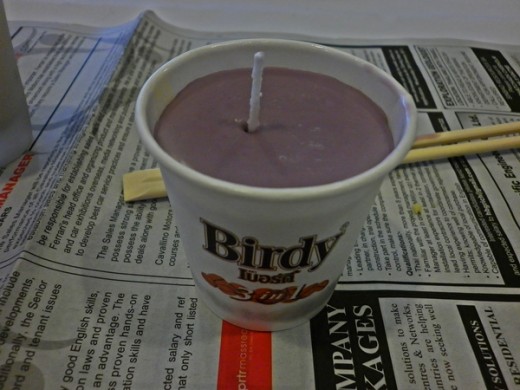
This is a craft that can be made from materials that happen to be lying around the house. To make a paper cup candle, first gather materials related to the wax, the wick, and the mold. The wax can be melted down from old candle stubs or from candles you've bought for cheap at a yard sale. Paraffin wax can be purchased at a craft store, along with candle wax dye.
The wick is made from twisted cotton. You can find special wick twine, but ordinary cotton string seems to work just fine. You may also recycle wicks by melting down old candles.
The mold is mostly used are small paper cups (plastic is okay, if that's what you have). To make a taller or wider candle, cut a milk carton to the height you want, or use the tallest paper or plastic cup you can find. If candle making becomes a hobby, you can experiment with other kinds of candle molds.
You will also need an assortment of old pots, spoons, and tongs. Wax inevitable spills and sputters. Head to the nearest thrift store or yard sale or basement stash for old pots that can be devoted to candle making. In no event should you melt wax directly in your good saucepan.
Other Things You'll Need:
- A double boiler, which is a set of two pots. The bottom pot holds an inch or so of boiling water. This provides an indirect heat to the top pot-which holds the wax. It is preferable if you use a metal can to hold the wax. Use a separate can for each color of wax. Pinch a spout in the can's rim so it's easier to pour.
- Tongs and potholders
- A low tray or baking pan, to hold the molds
- Pencils, craft sticks, or plastic straws, needed to hold the wick straight while the wax hardens
- Masking tape, regular tape, or hot glue
Making the Candle
To start, set out newspapers to protect the countertop and get the molds ready. Cut the wick so that it is a few inches longer than the cup or mold, and attach it to the bottom of the mold. There are a few ways to do this. It is preferably wrapping the wick around a pencil or craft stick and resting it across the top of the cup so that the wick hangs straight down. Here's another method: Melt a few drops of hot glue at the bottom of the mold. Hold the wick in the glue until it dries.
Fill the bottom of the double boiler with an inch or two of water. Put the wax in the can (or top pot), and put that in (or over) the bigger pot of water. Set both on the stove, and start boiling the wax. Hot wax can hurt, so you have to take extreme caution.
The solid wax will turn into liquid. Pour it slowly into each mold. But save some wax, and don't fill the whole mold. Leave a little bit of the top of the mold empty, maybe an eighth of an inch. It's a good trick to know, and here's why.
In about twenty minutes, the wax will begin to set. That's when you'll heat the leftover wax. Pick up a stick and poke holes in the top of the candle all aorund the wick. (Do this carefully so that hot wax does not spurt at you.) The candle will look messy, but do not despair. You are getting rid of air bubbles, so that your candle won't develop a deep spiraling crevice down the middle. Pour leftover wax over the mess. This tops off the candle. When it dries, the old and new wax will meld together nicely. The top will be smooth and flat.
In about four hours the candle will be ready. Unwrap the wick from the pencil, tear or cut the cup away, and cut the wick to size.
Making a Candle Step-By-Step video
Glass Jar Candles
Glass jars make good containers for candles. One thing to know: Once the wax melts in the double boiler, let it cool just a bit before pouring it into the glass so the glass won't break.
There's a trick for holding the wick down in a glass jar. When the wax is ready and melte, dip the wick in up to the height that the candle will be (in other words, leave lots of room for winding extra wick around a pencil, if you still need to do this). Set the waxy wick aside for a few minutes. The wax will harden, and this will help the wick stand up straight. In the meantime, pour the wax into the glass jar, and follow the same directions as for the paper cup candle. As the candle begins to set, put the wick in place.
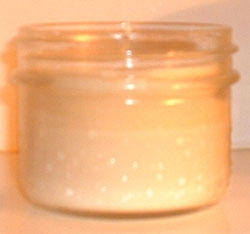
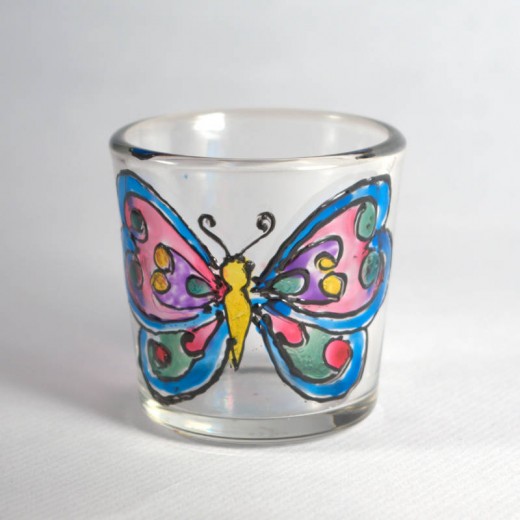
How does a candle work?
A burning candle is a circle of continuous reactions and more complicated than one would imagine.
- Paraffin wax comes from crude oil, and it's the fuel that keeps a candle flame burning.
- When the wick is lit, the heat from the flame melts the solid wax near it. This creates a pool of liquid wax. The wick absorbs and pumps the liquid wax up towards the heat of the flame. It does this by capillary action.
- Liquid wax reaches the top of the wick, which also holds the flame. The hot flame turns the liquid wax into vapor, which is a state between being a liquid or a gas.
- The vapor spreads out from the wick. It is this specific form of wax fuel that keeps the flame burning. The smoke that wafts upward after a flame is snuffed out is wax vapor that, in the absence of the flame's heat, condenses and becomes visible to the eye.
- The end of the wick burns and curls and comes to rest in the outer part of the flame. The light blue color at the flame's edge is hottest- 1,670 on the Kelvin scale for measuring temperatures- and the flame cools toward the cente, where it turns yellow, orange, and then red. Air pulls the hotter vapors up and out.


